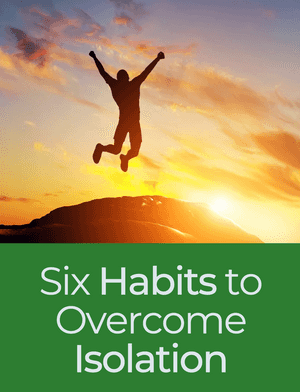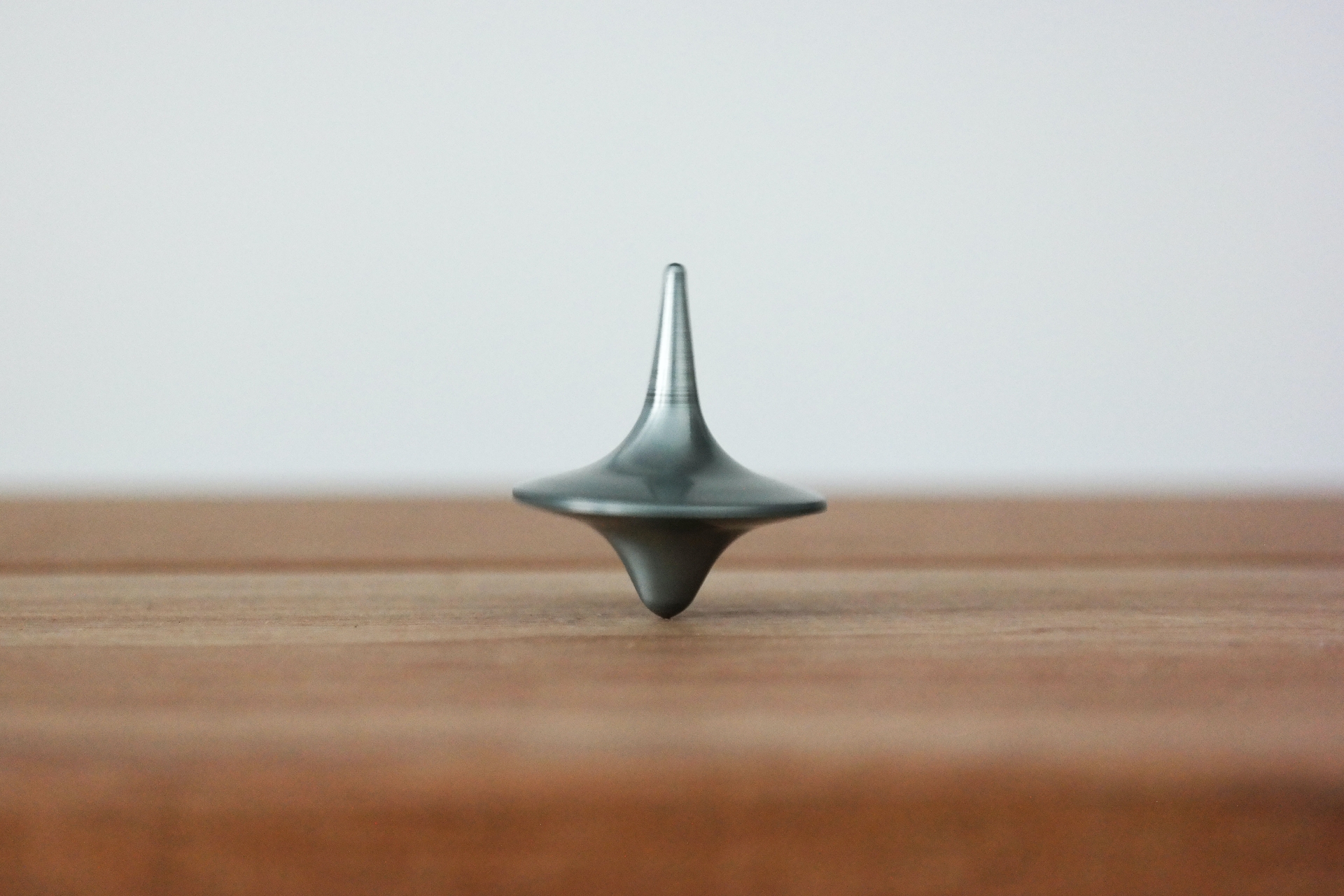
Get the Six Habits for Overcoming Isolation Guide for free


Meditation is a practice that involves training the mind to focus and relax in order to achieve a heightened state of awareness, inducing mental and emotional calm. It's a technique to improve mental clarity, increase self-awareness, and reduce stress and anxiety.
Listen to the podcast version here
Someone who is meditating might not seem to be doing much other than breathing or repeating a mantra over and over again. Inside their brain, however, a lot is happening. Modern diagnostic and imaging techniques, such as electroencephalography (EEG) and functional magnetic resonance imaging (fMRI), show that meditation can have a wide variety of positive impacts on the brain and mental health.
Through regular meditation, you can gain a new perspective on stressful situations, reduce negative emotions, and focus on the present rather than being lost in worries that haven't even taken place yet or never will. Meditation will also boost your imagination and creativity, increase your patience and tolerance, and lower both your resting heart rate and blood pressure. What's not to like?
Public interest in meditation has rapidly increased over the past few decades, along with scientific studies conducted in this growing field of research. The number of controlled studies has soared from only one conducted in the mid-'90s to 11 in the early 2000s to well over 200 by 2015.
One area of study is how meditation impacts brain activity. Research using functional magnetic resonance imaging (fMRI) has shown that consistent meditation has a variety of effects on the brain, such as increased activity in the prefrontal cortex, which is responsible for problem-solving and decision-making, and decreased activity in the amygdala, which is responsible for processing and responding to emotionally charged events and regulating social and emotional behavior, such as the body's stress response.
Stress activates the body's "fight or flight" response, which is under the control of the sympathetic nervous system. This system releases stress hormones such as cortisol and adrenaline, which cause an increased heart rate and blood pressure and can produce feelings of anxiety. Research shows that meditation can activate the parasympathetic nervous system, which serves as the body's relaxation response. This system has the opposite effect on the "fight or flight" response, reducing heart rate and blood pressure and lowering the amount of stress hormones, leading to a more peaceful state of mind.
When it comes to anxiety and depression, psychotherapy and antidepressants are usually the first-line treatments, but continuing research suggests that consistent meditation can help by changing how the brain responds to stress and anxiety. Meditation has been found to affect specific brain regions linked to depression, such as the medial prefrontal cortex (mPFC) and the amygdala.
The mPFC, also known as the "me center," becomes overactive in depressed individuals as it processes information related to oneself, such as worrying about the future and dwelling on the past. The amygdala, or "fear center," triggers the fight-or-flight response and releases stress hormones in response to fear and perceived danger.
These two brain regions interact to cause depression, with the mPFC becoming overactive in response to stress and anxiety and the amygdala releasing stress hormones. Research has found that meditation helps break the connection between these two brain regions, which enables you to detach yourself from negative thoughts and feelings while also dampening the amygdala's primitive stress response.
While there are many different types of meditation, the key to getting started is simplicity. Since most of the research has been conducted with mindful meditation, this is the one I recommend starting with.
First, find a quiet place you can sit or lie down comfortably. Whether you are sitting against the wall, on a pillow, or lying down doesn't matter; what's most important is being fully relaxed. Don't get too caught up in the how or "doing it right"; as you build this practice, you can optimize it for optimum relaxation.
Once you're in a comfortable place, close your eyes and engage in deep breathing by taking slow, controlled breaths and focusing on the breath as it moves in and out of the body by counting to four as you breathe in and again to four as you breathe out. Whenever your mind wonders, as it invariably will, simply return your focus to your breath. You may feel a little frustration whenever your mind wanders, but it is the practice of noticing thoughts and releasing them by returning to the breath that builds mindfulness.
Start with short sessions lasting only two to five minutes and gradually increase the time you spend meditating as you become more comfortable. For example, I started with five minutes a day and slowly built up to an hour of meditation by the end of the year, adding only one minute per week.
The easiest way to make meditation a habit and reap the benefits is by making it a daily practice. Of course, the best time to meditate is whenever you can. Still, to build consistency, it is best to meditate in the morning so it won't be put off until later or forgotten, and you can start the day with a clear, calm mind and carry that mindfulness throughout the day.
Meditation is a skill that takes time and effort to develop, be patient with yourself, and don't get discouraged by racing or intrusive thought. The more your mind wanders, the more you stand to gain from meditation. If you find yourself too easily distracted, try a guided meditation to help you stay grounded in the session. Several apps provide these guided meditations, such as Oak, Calm, and HeadSpace.

Get the Six Habits for Overcoming Isolation Guide for free